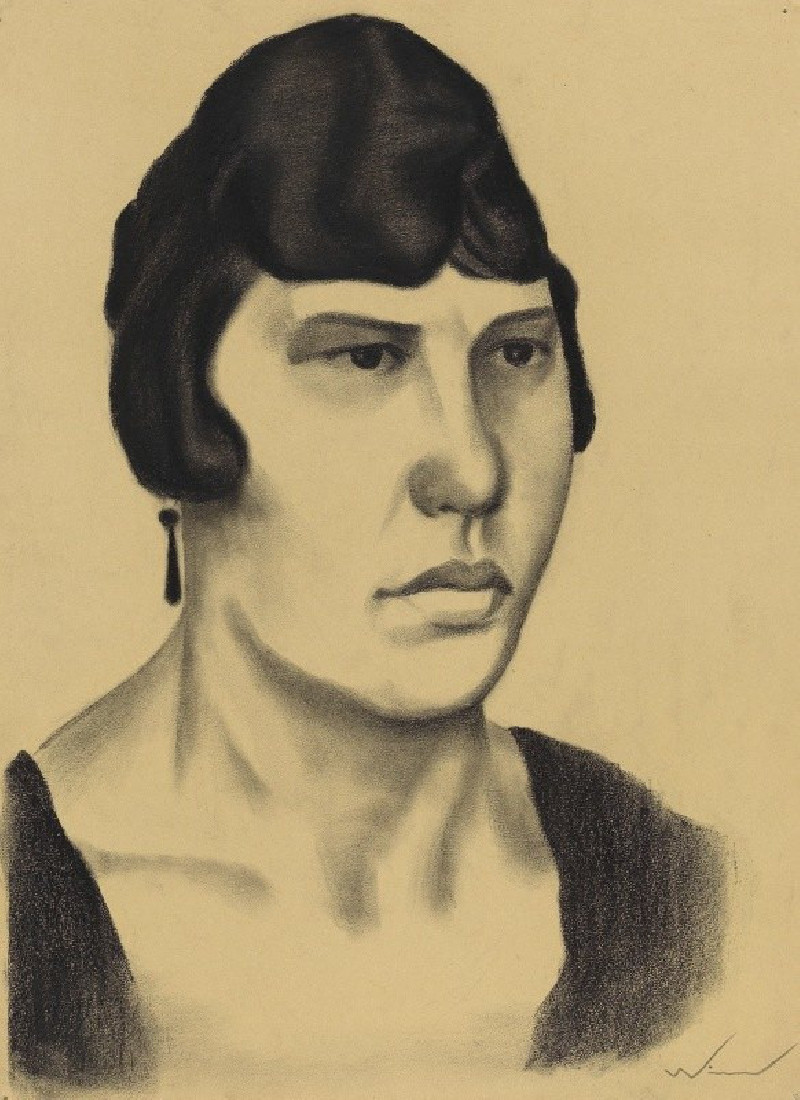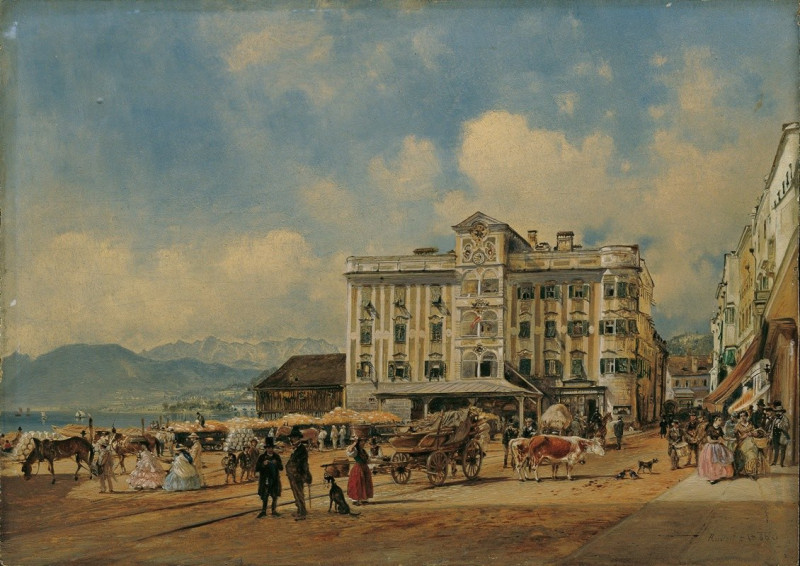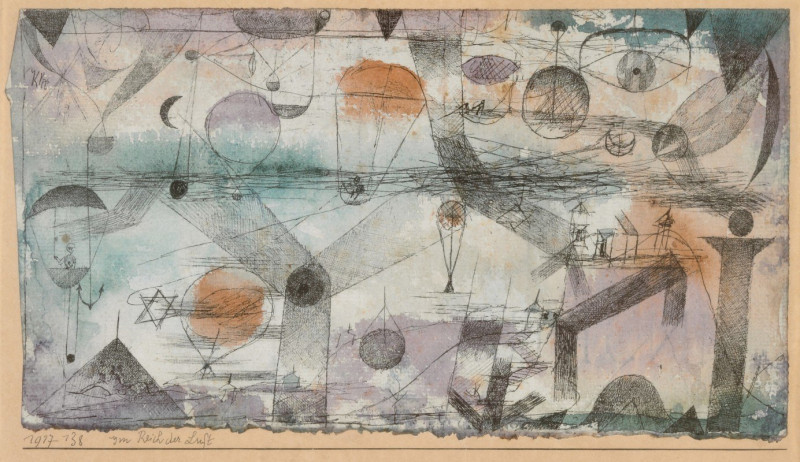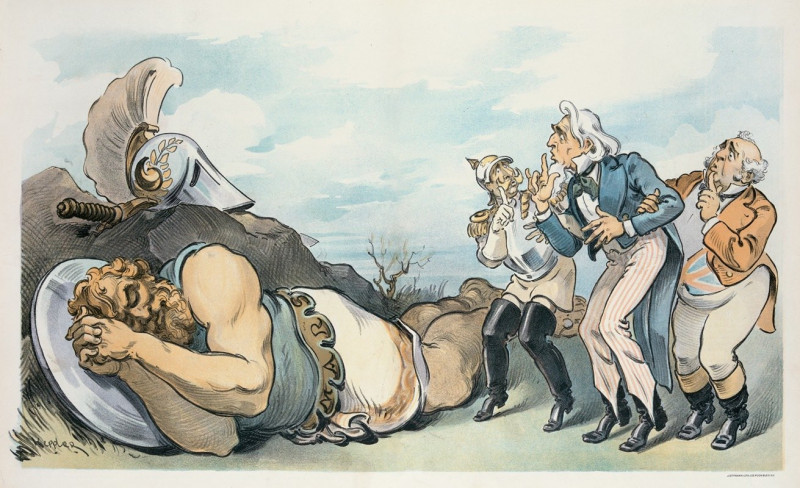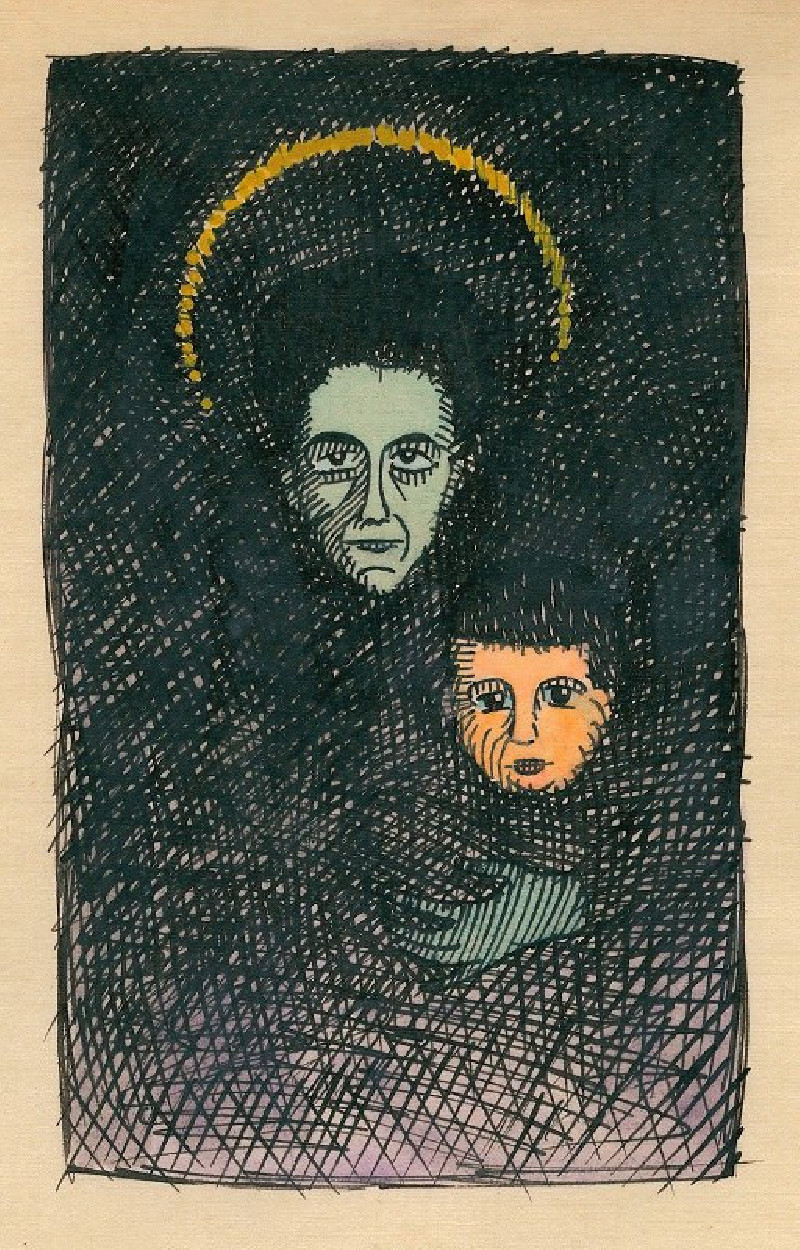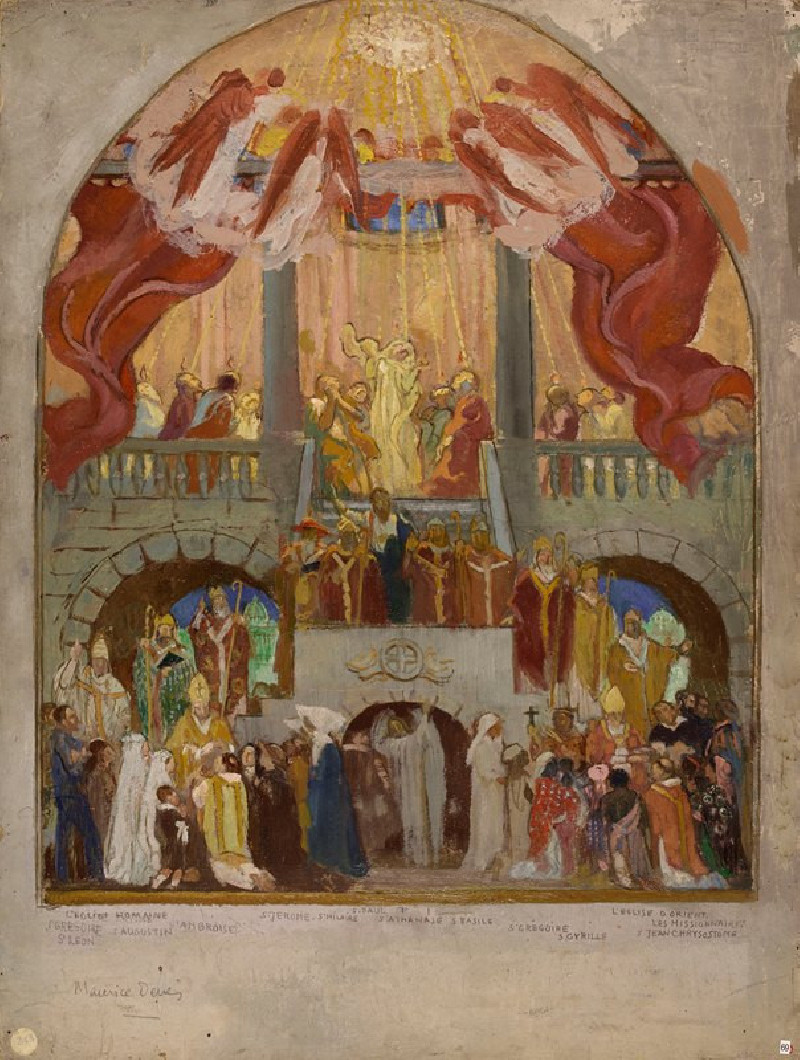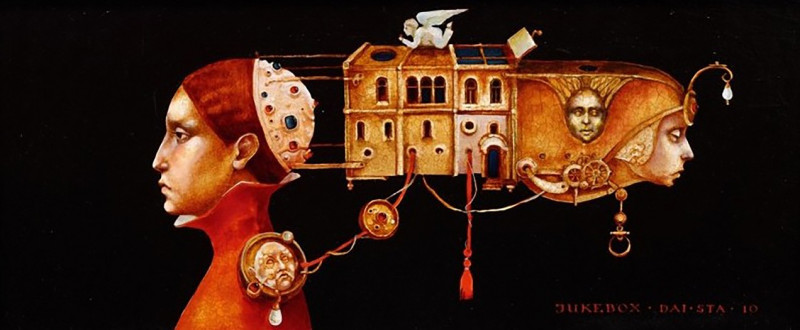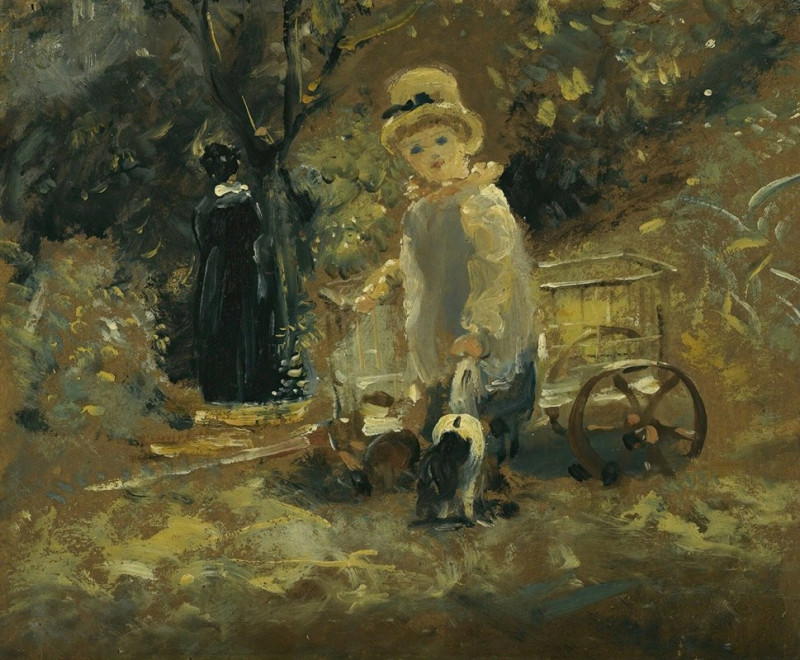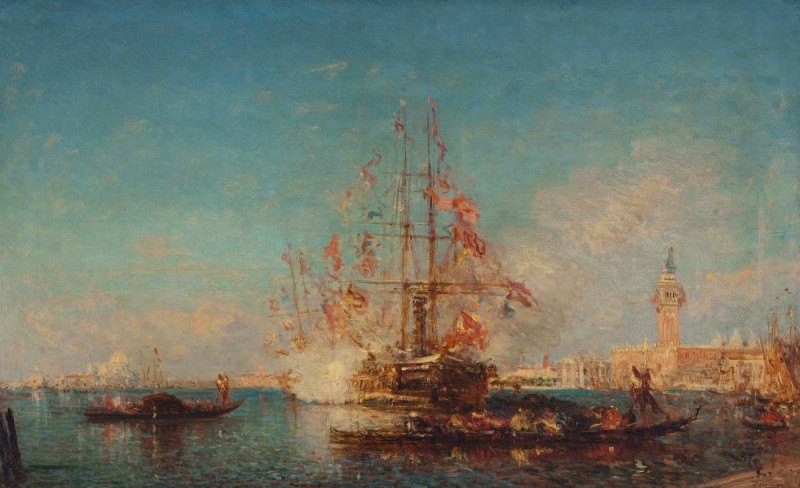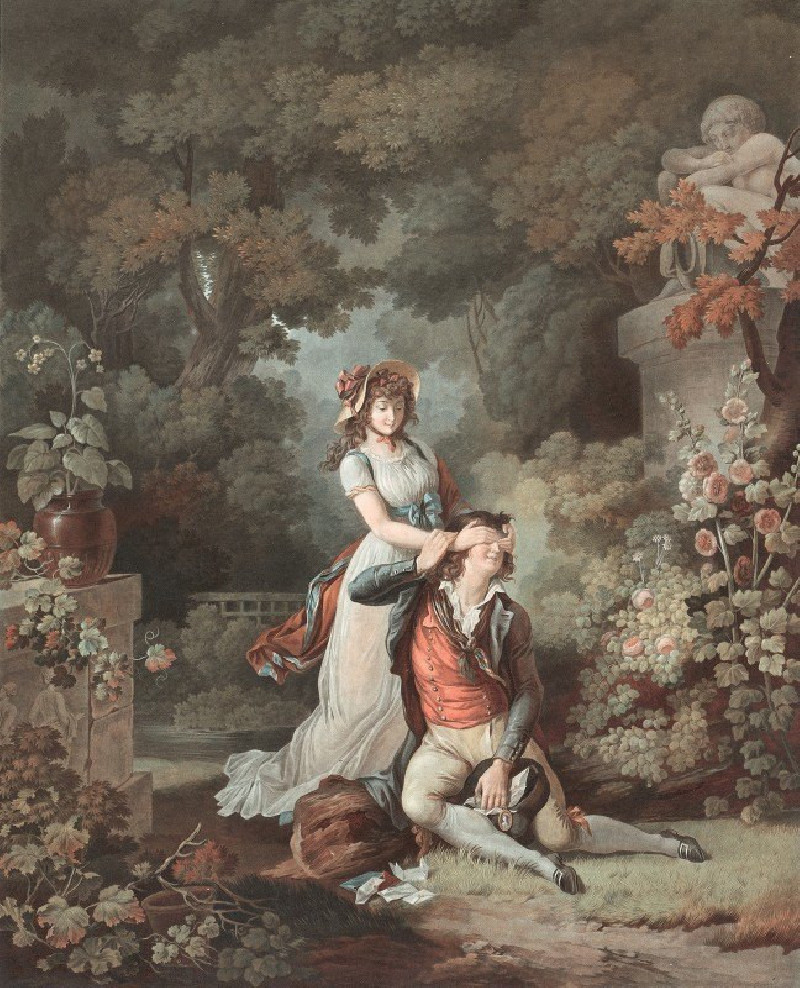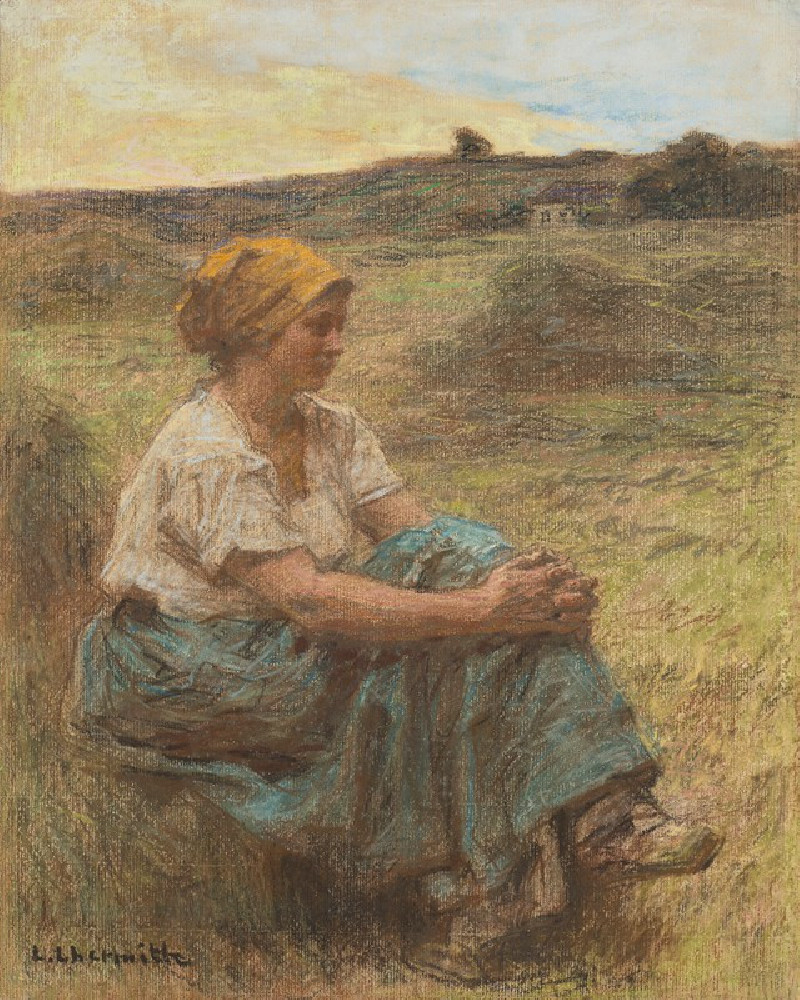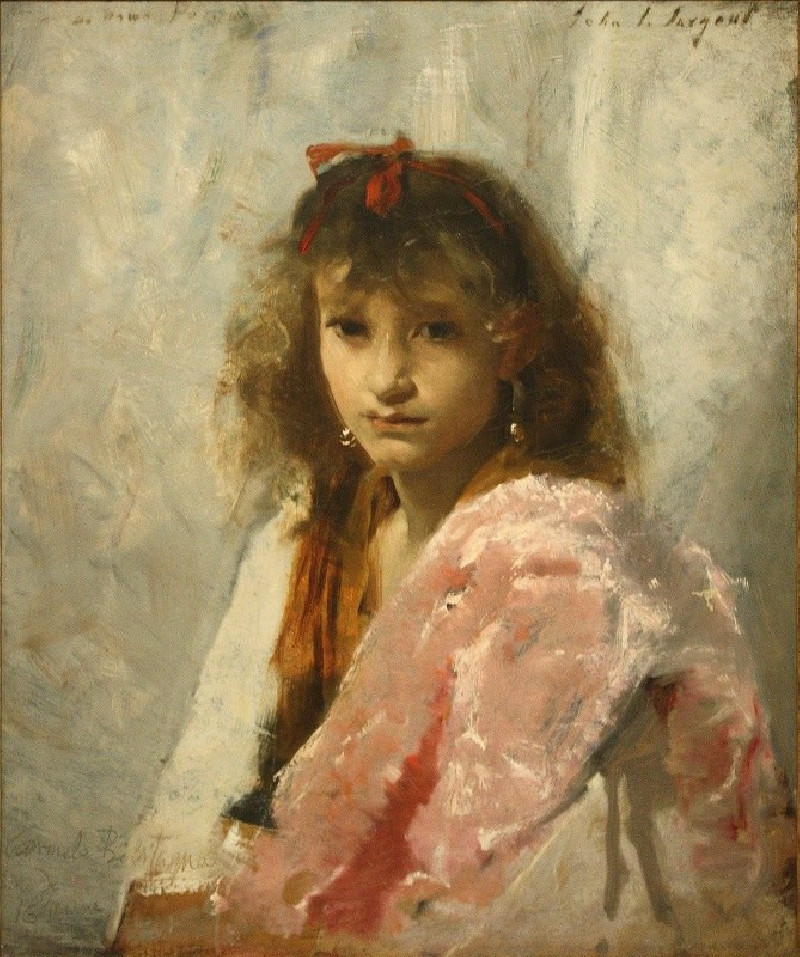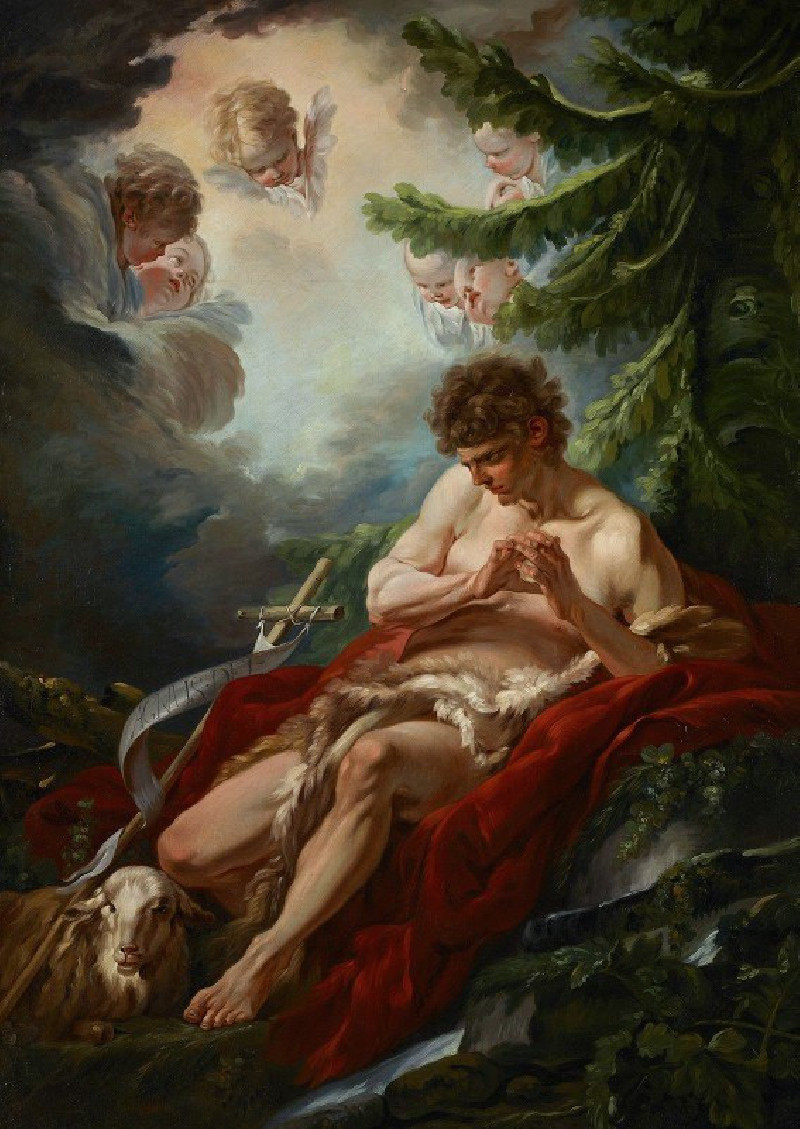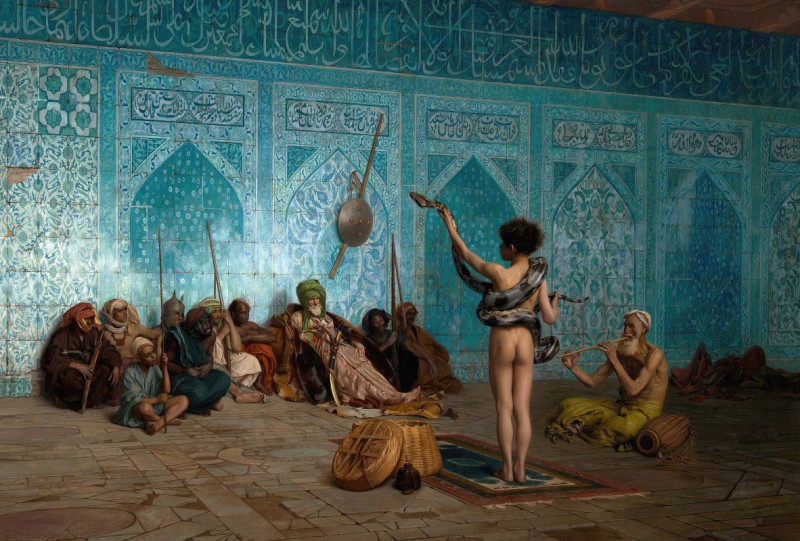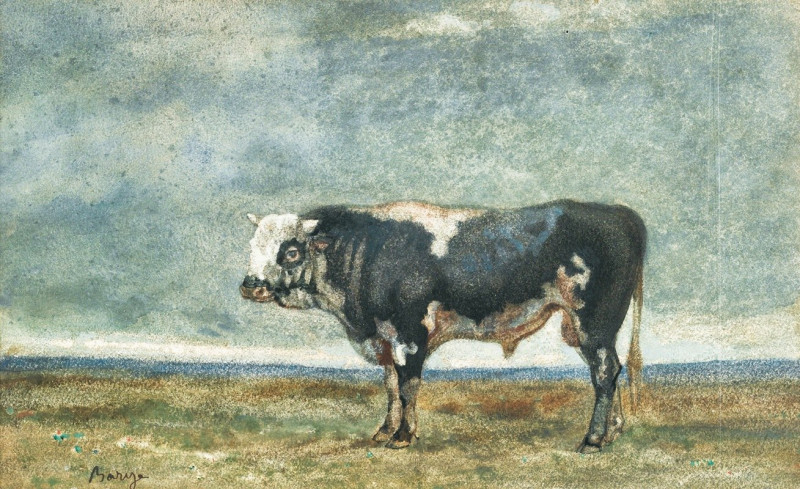weibliches Porträt IV (ca. 1926)
Technique: Giclée quality print
Recommended by our customers
More about this artwork
We are proud to showcase *Weibliches Porträt IV (ca. 1926)* by Karl Wiener in our collection. This striking portrait, executed with delicate precision, features a woman depicted in a style that emphasizes clarity and subtle power. The subject's gaze is slightly averted, lending a pensive, introspective quality to the work, while her dark hair and simple earring add to the overall elegance and austerity of the composition.Karl Wiener's drawing is characterized by its soft yet confident charcoal lines, utilized here to masterfully sculpt the contours of the woman's features and attire. The use of light and shadow imbues the portrait with depth and volume, showcasing Wiener's skill in capturing human expression and form. The austere palette emphasizes the emotive impact of the piece, encouraging the viewer to contemplate the subject's introspective mood.This portrait is not only a testament to Karl Wiener's technical prowess but also an evocative representation of the era’s artistic exploration of identity and the human condition.

